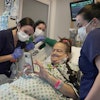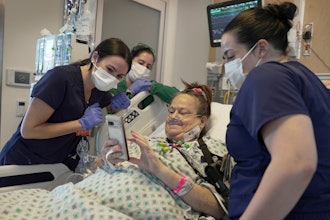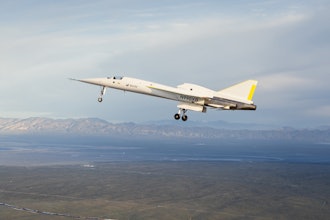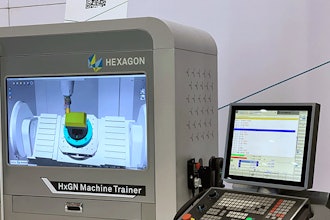Last week, DARPA and the Department of Veterans Affairs made a pair of veterans the first recipients of the prosthetic "LUKE" arm system.
LUKE, which stands for Life Under Kinetic Evolution, was developed by DEKA Research & Development, Dean Kamen's New Hampshire-based medical innovations shop. It was actually the first prosthetic arm cleared by the FDA in an entirely new product category for integrated prosthetic arms.
The prosthetic allows users to regain precise arm and hand movement through the uses of an intuitive control system. The controls are manipulated with wireless signals generated by sensors that they wear on their feet, which allow the vets to manipulate multiple joints and grips at the same time. The hand has four independent motors that create a grip that allows the user to carry a gallon of milk without dropping it, or picking up an egg without cracking it.
At the ceremony, Vietnam Vet Fred Downs received his LUKE arm. Downs is now a prosthetics consultant for the Paralyzed Veterans of America and retired Chief Procurement and Logistics Officer for the Veterans Health Administration. The other arm went to Artie McAuley, an Army veteran who wasn't able to have a prosthesis for years because earlier-generation devices didn't work well for individuals with an amputation that extended to the shoulder. As you can see from the video, that isn't the case with the LUKE.
The arm is produced by Mobius Bionics, a medical device company that receives support from DARPA to make sure the LUKE arm can make its way into the hands of veterans living with amputations. In July 2016, when Mobius introduced the arm to the commercial market, the company also stated that it had selected NY-based contract manufacturer Universal Instruments Corporation to produce the arm.
DARPA will continue work that further integrates with the human body. They’re currently working on neuroprosthetics that would add a sense of touch as well as the ability to control limbs via a direct connection to the users brain.
This is IEN Now with David Mantey.






















